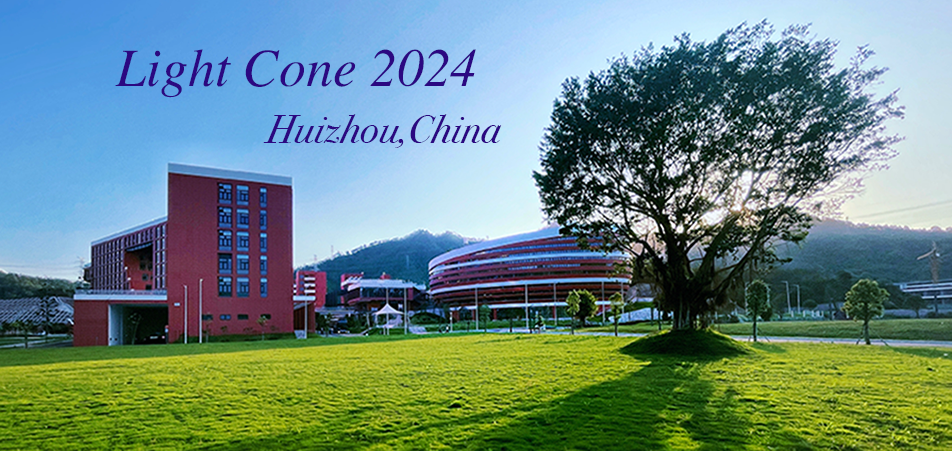Speaker
Description
The gluon density in nucleons has been observed to increase rapidly with energy, which would eventually violate unitarity. At high energies, however, nonlinear effects in QCD start to become important, slowing down the evolution of the gluon density and hence giving rise to gluon saturation. To study this saturation region of QCD one possibility is to look at diffractive processes which are approximately proportional to the gluon density squared and thus especially sensitive to saturation effects. It is then important to have a precise theoretical understanding of diffractive processes which includes calculating these to higher orders in perturbation theory.
In this talk, I will explain how light-cone perturbation theory can be used for a systematic treatment of higher-order corrections in the color-glass condensate framework. The talk will focus specifically on diffractive processes such as inclusive diffraction and exclusive vector meson production. I will discuss the cancellation of divergences at next-to-leading order, and show numerical comparisons to the experimental data from HERA and the LHC.

